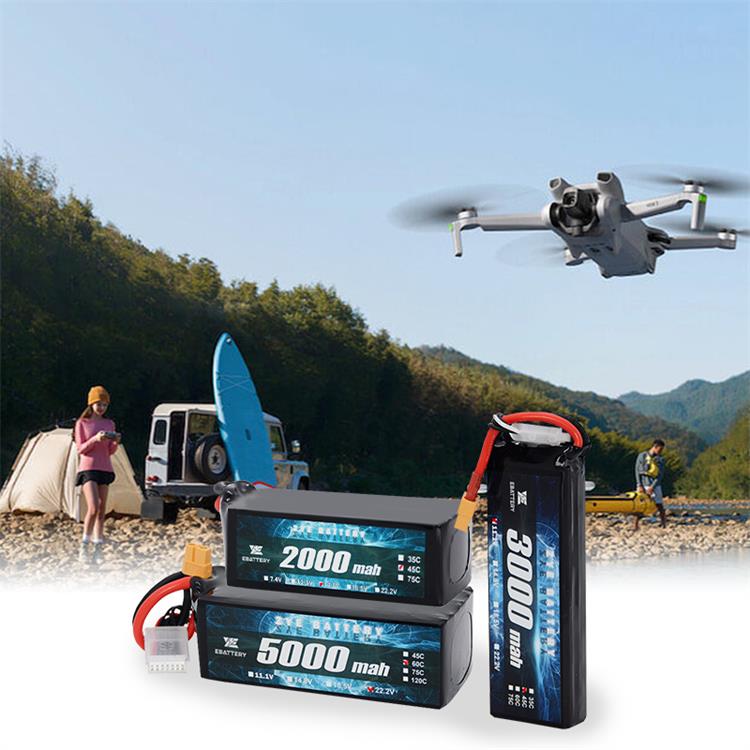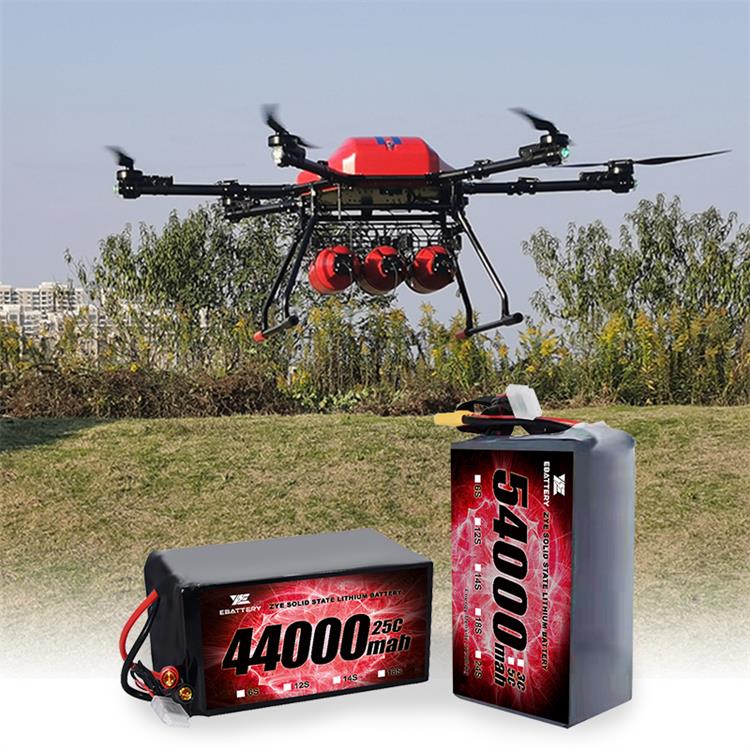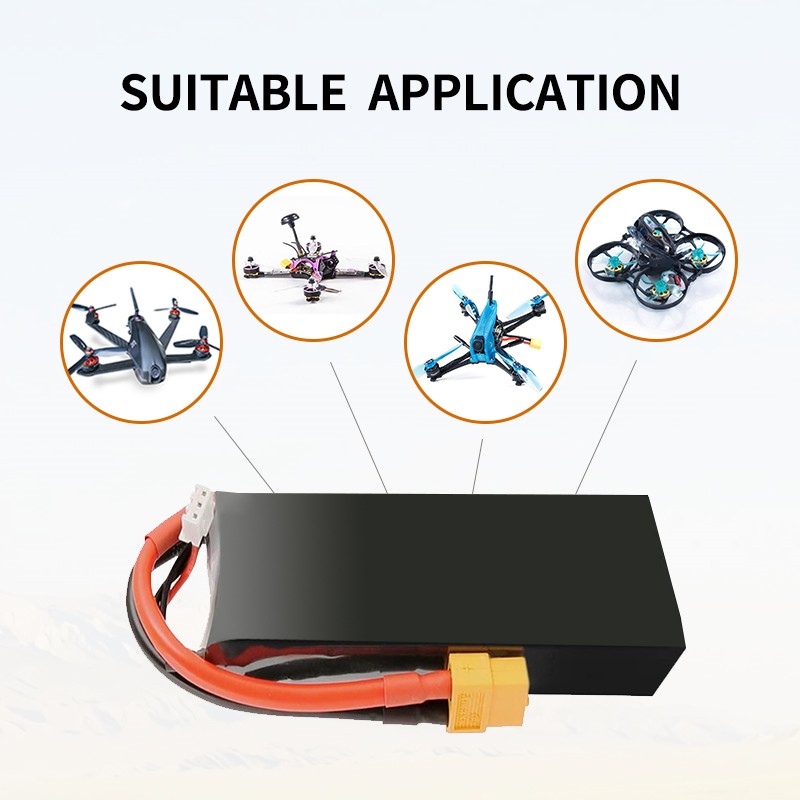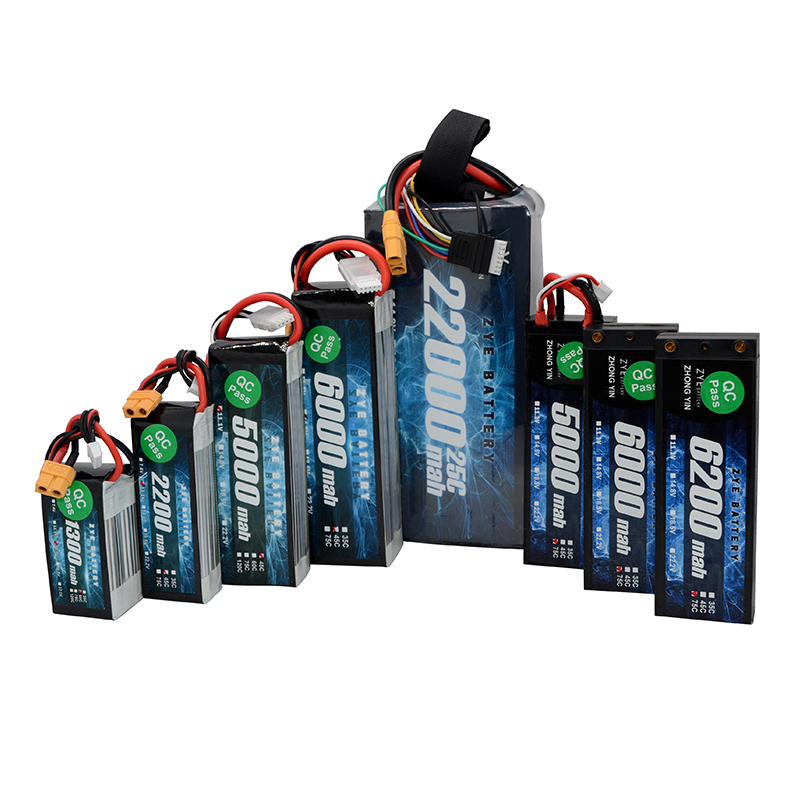What effect does temperature have on lipo batteries?
2025-08-07
LiPo batteries have become increasingly popular in various applications, from remote-controlled vehicles to high-performance drones.
one crucial aspect of lightweight LiPo batteries usage that often goes overlooked is temperature management. Understanding how hot a lipo-battery can get is essential for ensuring safety, optimal performance, and longevity.

Safe Operating Temperatures for Lipo Batteries
LiPo (Lithium Polymer) batteries are designed to function optimally within specific temperature ranges, which is crucial for maintaining both safety and efficiency. Most lightweight LiPo batteries typically have a safe operating temperature range of 0°C to 45°C (32°F to 113°F) during discharge and 0°C to 40°C (32°F to 104°F) during charging.
Extremely cold temperatures may reduce the battery's efficiency, leading to lower voltage output and decreased capacity, while excessive heat can cause the battery’s internal components to degrade faster. If the temperature exceeds the upper limit, the internal chemistry of the battery can become unstable, potentially causing thermal runaway, which is a dangerous situation where the battery may overheat and catch fire.

Why Overheating Is Dangerous for Lipo Batteries
Thermal Runaway: This is perhaps the most severe consequence of overheating. Thermal runaway occurs when the heat generated within the battery exceeds its ability to dissipate that heat. This leads to a rapid increase in temperature, which can cause the battery to swell, rupture, or even catch fire.
Capacity Loss: Exposure to high temperatures can cause irreversible damage to the battery's internal structure, resulting in a permanent loss of capacity. This means your battery won't hold as much charge as it once did, reducing its overall usefulness.
Reduced Lifespan: Consistent exposure to high temperatures accelerates the aging process of LiPo batteries. This can significantly shorten the battery's overall lifespan, requiring more frequent replacements.
Decreased Performance: Overheating can lead to increased internal resistance within the battery, resulting in voltage sags and reduced power output. This can be particularly problematic in high-performance applications like racing drones or RC cars.
Safety Hazards: In extreme cases, overheated LiPo batteries can leak, emit toxic fumes, or even explode. This poses serious safety risks to users and can cause damage to surrounding equipment or property.
After using your lipo-battery-for-drone, allow it to cool down to room temperature before charging or storing. This is particularly important for high-capacity batteries, which can generate significant heat during high-current applications.
Monitor Battery Temperature: During charging or use, keep an eye on the temperature of the battery. If it becomes excessively warm, stop using it immediately. High temperatures during charging or operation can indicate an issue with the battery and may lead to further damage.

By keeping your LiPo battery in a controlled temperature environment and monitoring it regularly, you can help ensure it retains its charge capacity and remains efficient for as long as possible.
If you're looking for high-quality LiPo batteries or have more questions about battery care and maintenance, don't hesitate to reach out to our team of experts. We're here to help you get the most out of your battery-powered devices. Contact us today at coco@zyepower.com.
























































